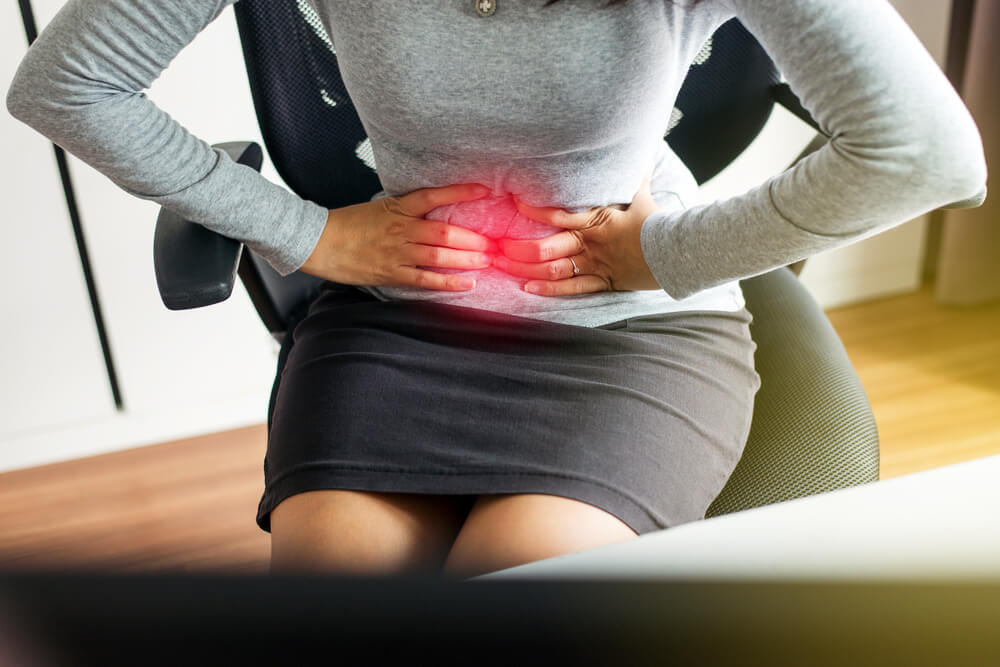Symphysis pubis dysfunction, or SPD for short, refers to a group of symptoms that can lead to pain and discomfort in the pelvic region. SPD in pregnancy is not dangerous for the unborn child, but it can cause severe pain and discomfort for the mother.
When does it occur, and what are some of the most common symptoms to look out for? Most importantly, are there any ways to alleviate the discomfort and enjoy pregnancy? This article outlines and explains everything there is to know about Symphysis pubis dysfunction, including the signs and symptoms, diagnosis, and possible treatment methods.
Before anything else, make sure to consult with a medical professional for proper evaluation and expert guidance. If you are in the area or seeking the best, we recommend Obstetrics and Maternity Care in Loxahatchee, FL.
Without further ado, here is what you must know about SPD in pregnancy.
What Does SPD in Pregnancy Mean?
As mentioned, SPD refers to a symptom group that can cause severe pelvic pain and discomfort. Pregnant women typically experience SPD, which occurs when the pelvic joints move unevenly or become very stiff. SPD can develop both at the back and the front region of the pelvis. Sometimes, experts also refer to SPD as pelvic girdle pain.
Fortunately, this condition does not pose a danger to your baby’s health. However, it can cause the mother severe and often life-debilitating pain, even affecting her mobility.
If you are dealing with any signs or symptoms related to SPD or have further questions concerning this condition, seek medical help. We suggest you contact Comprehensive OBGYN of the Palm Beaches.
The Common Symptoms of Symphysis Pubis Dysfunction

While the symptoms of symphysis pubis dysfunction can vary from one individual to the next (both in presentation and severity), there are a few common signs that you can look out for. Remember, if the pain is very severe and is interfering with your everyday life, it is best to immediately reach out to an expert. Here are some of the most common symptoms of this condition:
- Pubic bone pain in pregnancy
- Pain in the lower back on both or one side
- Pain in the perineum (the area between the vagina and the anus)
In some cases, the pain can travel to the individual’s thighs, and a clicking or grinding sound can be heard from the pelvic area. This pain is even more prominent when the patient is:
- Using the stairs
- Turning over in bed
- Putting the weight on a single leg
- Walking
Besides feeling pubic bone pain during pregnancy, many patients may find it hard to widen their legs. Because of this, daily tasks like getting in and out of the car and getting dressed can be challenging. As mentioned, while pelvic discomfort is usually not dangerous to the unborn child, it can make the mother’s life more complex and unenjoyable.
What Causes SPD in Pregnancy?
SPD pain usually happens because of pregnancy. When pregnant, hormones like relaxin are produced to loosen the muscles and ligaments in the pelvic floor, stomach, pelvis, and hips. Namely, one in five expecting mothers deals with SPD to some extent.
Due to the mentioned loosening, the woman can experience pelvic discomfort and pain. The “loosening” happens so that there can be an increase in the range of motion to help the mother give birth. Nevertheless, the patient’s joints can become more mobile and unbalanced as well.
While the mentioned slackening happens to aid the woman in childbirth, occasionally, the body can begin producing hormones very early in pregnancy. Many women can experience the signs and symptoms such as pelvic discomfort and pain before giving birth.
Another common reason for pelvic pain and discomfort is the baby’s position and weight. As the pregnancy develops, the SPD symptoms can become worse. Indeed, SPD is usually tied to pregnancy, but it’s still possible to happen even when a woman is not expecting a baby. Some other less common causes of pelvic pain include osteoarthritis. Furthermore, professionals claim that sometimes there is no apparent cause.
How Is SPD Diagnosed?
It is best to receive early diagnosis and treatment when dealing with SPD pain. If the patient is coping with pubic bone pain during pregnancy, we suggest consulting with a healthcare provider or a trusted doctor. The professionals will likely refer the patient to a physiotherapist to assess the strength and stability of the pelvic muscles and joints. Moreover, trained professionals can help plan activities to alleviate pubic bone pain during pregnancy.
Is Symphysis Pubis Dysfunction Dangerous?
As hinted before, SPD pain is not medically dangerous to the unborn baby. Most patients with the condition can give birth vaginally without major complications. However, due to chronic pain, patients can experience depression and other mood disorders. This, in turn, can affect the baby negatively.
Although symptoms of this condition, such as pelvic discomfort, will not go away entirely until the patient gives birth, there are many things that can help alleviate pain. Because of this, seek out the help of a professional.
Here are some things to avoid to help with pubic bone pain in pregnancy:
- Crossing the legs
- Carrying a child on the hips
- Sitting in a twisted position
- Putting the weight on a single leg
- Bending or twisting when lifting
- Vacuuming
- Lifting heavy loads like shopping bags or even a toddler
- Sitting or standing without taking breaks
- Carrying something heavy in a single hand
- Pushing heavy objects like shopping carts
How to Treat SPD Pain?

The best way to treat pubic bone pain in pregnancy is to follow the guidance of a good physiotherapist. The goal of physiotherapy is to:
- Boost pelvic joint position and stability
- Improve the muscle function
- Minimize pelvic discomfort and pain
Your physiotherapist will provide sufficient guidance to alleviate pain and other uncomfortable, life-debilitating symptoms of SPD. You may also receive manual therapy to ensure that the hips, spine, and pelvis move properly. You may also get exercise recommendations to help strengthen the muscles in the hips, stomach, back, and pelvic floor.
Sometimes, hydrotherapy is recommended. These include exercises that you can perform in the water. Patients also receive helpful tips and suggestions on positions for birth, labor, and sexual intercourse. Patients experiencing severe pain may need to opt for TENS therapy or pain medications. Sometimes, supportive equipment like pelvic support belts or crutches may also be needed.
Can You Prevent It?
Sadly, there is not much a person can do to avoid SPD symptoms during pregnancy completely. However, by leading an active and healthy lifestyle, you can minimize pain and ensure that your pregnancy goes smoothly and complication-free.
Give Us a Call Today
Do you have any questions or concerns related to SPD? Do you want to ensure that you and your baby are healthy and thriving? Give us a call today. Contact Comprehensive OBGYN of the Palm Beaches to get started.


